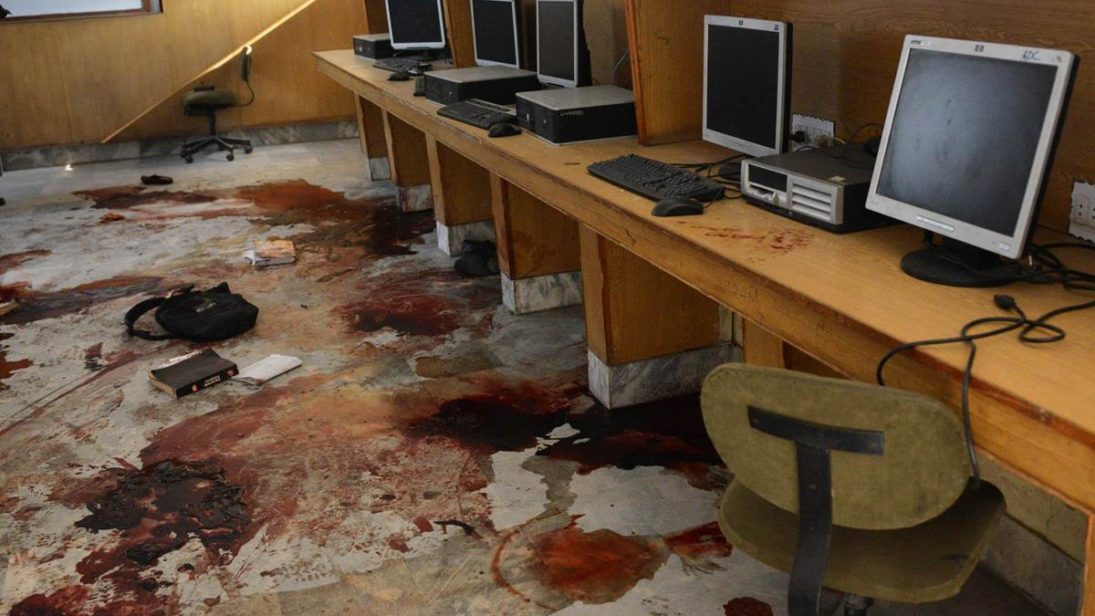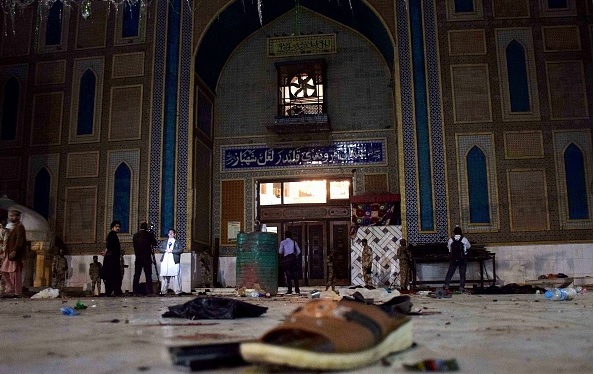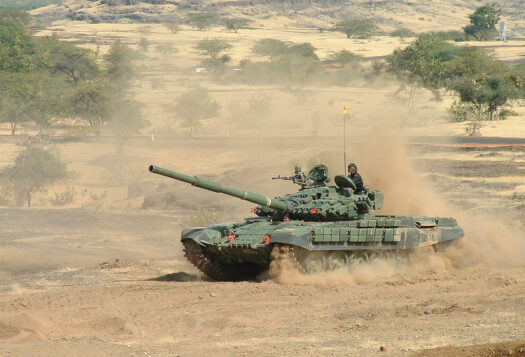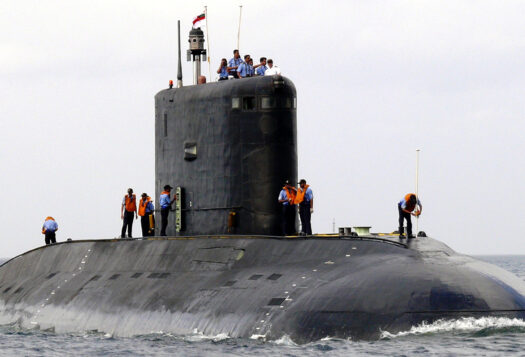
Introduction
The recent wave of terrorist attacks in Pakistan’s major cities has struck fear in the hearts of the entire nation. Terrorists took the lives of close to 100 people in only five days. Last year, a similarly large-scale attack in Quetta wiped out almost an entire generation of the city’s lawyers. Whenever an attack occurs, analysts and the media tend to propagate the perception that some foreign hand is involved. However, a few months ago, in response to the Quetta attack, Pakistan’s judicial commission released an investigative report called the Quetta Inquiry Commission Report, which criticized the discrepancies in the National Action Plan (NAP) and the government’s inability to execute it. The report also established a clear linkage between banned terrorist outfits such as Jamaat-ul-Ahrar and Lashkar-e-Jhangvi and terrorist attacks across the country. Jamaat-ul-Ahrar, which had carried out the Quetta attack, also accepted responsibility for the recent attack in Lahore.
The Pakistani government’s counterterrorism efforts have failed in two key ways. First, the federal government continues to be lenient towards banned outfits. Second, the government remains unable to implement the NAP and formulate a comprehensive strategy against violent extremism.
A Flawed Strategy
The NAP, a list of 20 broad points to counter the terrorist threat, was developed in 2014 after the tragic attack at the Army Public School in Peshawar in which 132 schoolchildren were brutally killed by the Pakistani Taliban. The NAP includes everything from terrorist financing and madrassah registration to military action against terrorists. Additionally, the National Internal Security Policy was also formulated, with a view to detailing a strategy for handling radicalization and extremism.
The Quetta Inquiry Commission Report clearly shows a lack of political execution of the NAP, such as failure to act against sectarian literature and religious persecution, build capacity of the police, proscribe terrorist outfits, and ensure the functioning of NISP. Perhaps contentious civil-military relations and a lack of coordination between the two create space for terrorist outfits to operate. For example, the Quetta report states that the Commission inquired why the Ministry of Interior had not yet proscribed Jamaat-ul Ahrar, the organization that claimed responsibility for the Quetta attack. The Ministry of Interior replied that they were awaiting details about the terrorist outfits from law enforcement agencies, though the law enforcement representative was unfamiliar with any such request. Ironically, responding to the Commission’s report, Interior Minister Chaudhry Nisar said in the national assembly that banned sectarian groups cannot be equated with banned terrorist outfits. His remarks and the fact that banned sectarian organizations such as Ahle Sunnat Wal Jamaat still hold public rallies endorse the commission’s concern and claim that the government provides political protection to banned outfits.
Other critiques of NAP include the inability of the federal government to stop hate speech, sectarian slogans, and radical narratives, and failure to develop adequate tools to identify hate speech in print, electronic, and digital media to limit recruitment by terrorist outfits.
Three decades ago, the radical narrative that we see today was mainstreamed and internalized under President Zia’s regime. It is now time to promote an alternative narrative to neutralize that of the extremists.

Addressing Above Concerns
The government has been unable to measure the results of NAP. While Operation Zarb-e-Azb has achieved success, the government has not been able to measure post-conflict consequences. For example, there has been no production of evidence that there is any connection between combing operations and a reduction in violent conflict. Immediately after the Sehwan attack on February 16, the military conducted an operation and claimed to have killed 100 terrorists. While this number is impressive, how will the impact of the operation be measured? Can terrorist ideology be erased through surgical operations?
It is crucial that military operations be supplemented with soft power mechanisms. Elements within Pakistan can counter the culture of violent extremism in a number of ways. First, the federal government must define and navigate the national counter-narrative. Without focusing on the ideological side of extremism, the menace of terrorism will remain potent. It was the responsibility of the Ministry of Interior as per NISP to set up a Directorate of Research and Coordination under the National Counter Terrorism Authority (NACTA) to forge partnerships with religious scholars, intelligentsia, educational institutions, and media to develop a national narrative to counter ideological extremism. However, the NACTA has hardly gotten off the ground. A national de-radicalization program is also the need of the hour to provide terrorists and their facilitators with an opportunity to engage in dialogue and receive psychological attention.
Second, the role of digital, print and electronic media is key in building an alternative discourse. It is crucial to focus on the preventive side of violent extremism, and a collaboration between the Pakistan Electronic Media Regulatory Authority (PEMRA) and NACTA is key to identifying hate speech, radical narratives or slogans, and the individuals who spread them. Though PEMRA has a Code of Conduct identifying hate speech and they have issued notices in some cases, no data-driven approach is followed. Also, some news channels still cover rallies of banned outfits and interview their leaders. A joint monitoring committee comprising members of PEMRA and NACTA could be established to review media content, including graphics, slogans, talk shows, and videos. Detailed criteria could be developed to analyze identified hate content. NACTA could share data on banned outfits, their leaders, and complexity of narratives and ideologies with PEMRA.
Finally, civil society organizations can play an important role in countering terrorism. Civil society has been engaged in peacebuilding all over Pakistan and plays a key role in dispute resolution, capacity building for law enforcement, rehabilitation, and reconciliation. Many NGOs have the capacity to mainstream the values of pluralism and tolerance, thereby countering extremist ideologies. The government must assist by developing synergy with NGOs and build a community awareness program on a national scale.
It is the responsibility of the ruling political party to develop consensus on a“national narrative” countering banned terrorist outfits and extremist ideologies. The doctrine of “strategic assets” in the form of good Taliban, bad Taliban must be deconstructed for the effective implementation of NAP.
***
Editor’s Note: Click here to read this article in Urdu
Image 1: Getty Images, A. Majeed/AFP
Image 2: Getty Images, Yousuf Nagori/AFP


